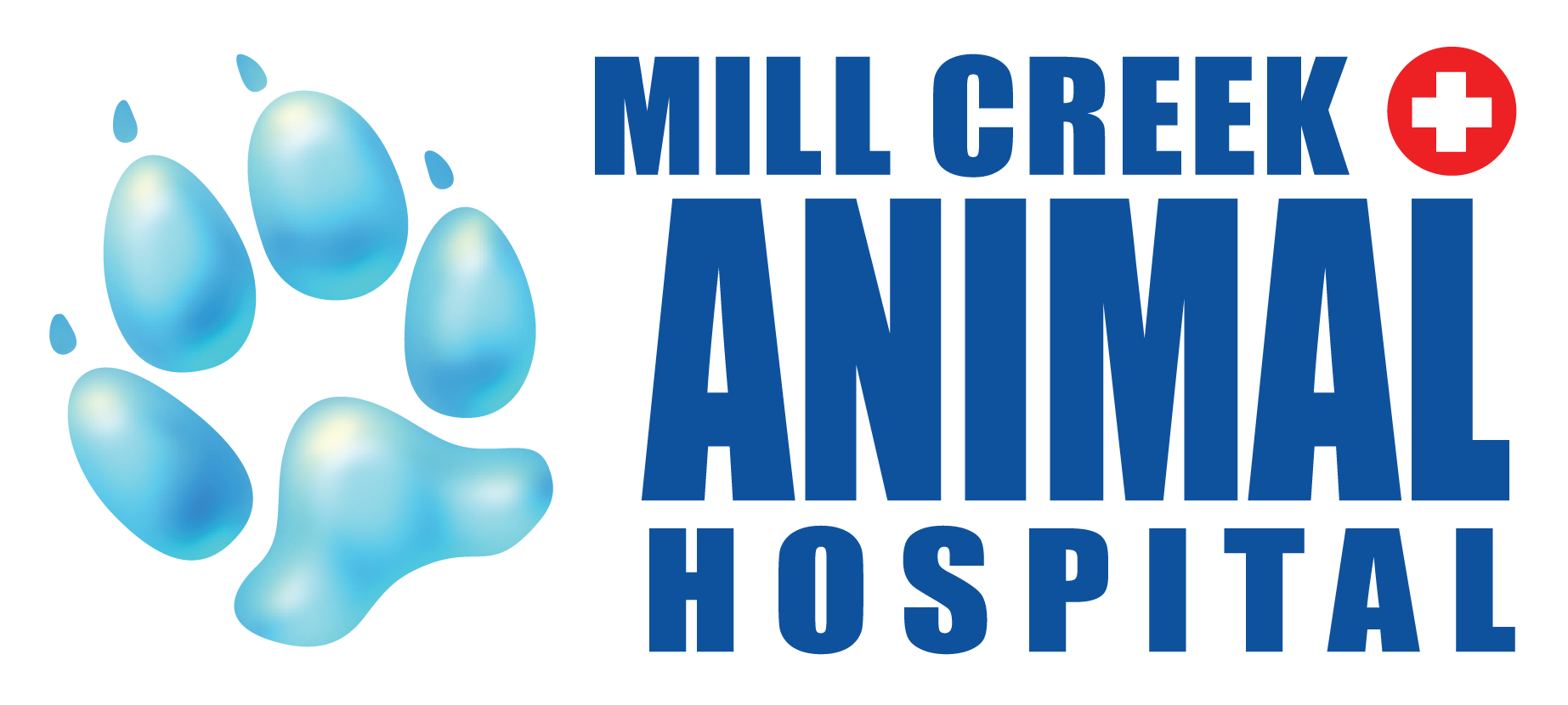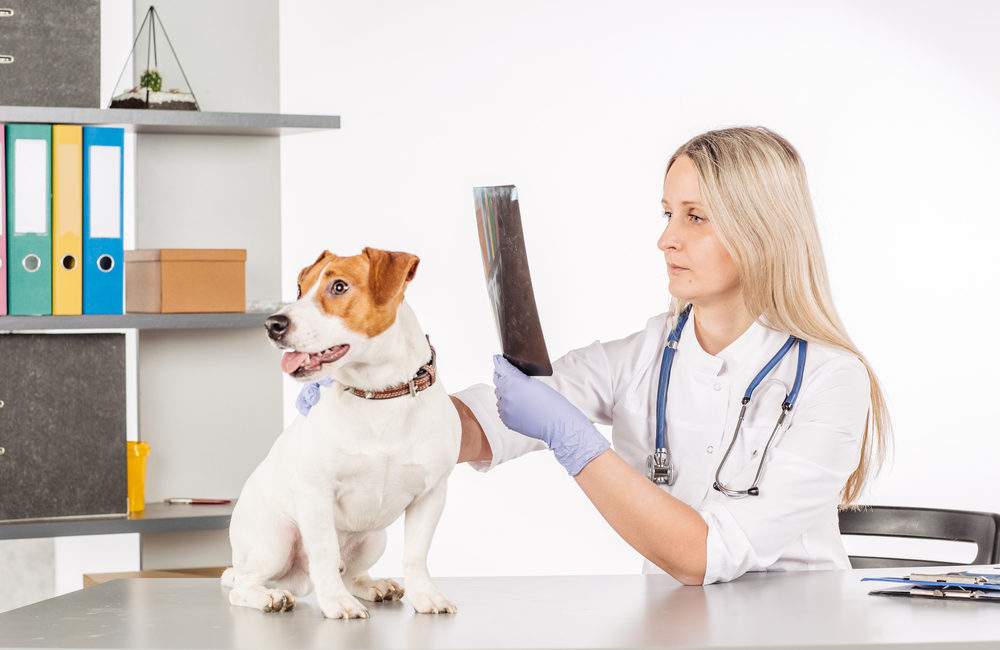Professional dental cleanings are an important part of pet care, just as regular visits to the dentist are important to human health. 85% of pets will suffer from some form of dental disease by the age of three, which can lead to bad breath, loose teeth, and infections that can spread to the blood and to the internal organs. There are many things you can do as a pet owner to help slow the progression of dental disease, but even diligently keeping up with brushing your pet’s teeth every day, using dental chews, and using water additives will not completely prevent the formation of plaque and tartar. Here’s our previous blog about other forms of dental care that can be used in conjunction with professional dental cleanings to help keep your pet’s breath fresh and teeth sparkling!
It’s generally accepted that clean teeth are an important aspect of good health, but why do veterinarians recommend x-rays when your pet is getting their teeth cleaned? By simply looking in the mouth you can only see the crown of the tooth, which is only a fraction of the whole tooth. Dental radiographs are considered to be the best standard of care for pets undergoing a dental cleaning and are part of a complete dental exam because they allow a veterinarian to “see” what’s going on below the gum line, which is where the majority of dental disease can be found. Dental x-rays can only be taken when a pet is under general anesthesia because it involves placing a plate or dental film inside the mouth and the animal must stay completely still for the entire process (think about when the dentist takes an x-ray of your mouth and how you have to sit still while they position the x-ray generator and the plate).
When would a vet recommend a dental x-ray?
- If there is any sign of periodontal diseases, such as tooth mobility, gum recession, or pockets around a tooth, sometimes an x-ray is the only way to determine if a tooth should be extracted or not, as a mobile tooth may have a large amount of bone loss around the roots which would never heal without intervention.
- If a tooth is visibly fractured or discoloured. X-rays are needed to determine how extensive the damage is. Some broken teeth may have multiple fractures, which is helpful to learn before attempting to extract them so you can remove all the pieces.
- Resorptive lesions are a very painful but common problem with no known cause. X-rays can show how badly the lesion has damaged the tooth and help the vet determine the best way to treat it.
- Facial swelling or other signs of tooth root abscesses. Only an x-ray can show what teeth are affected by the abscess.
- Missing teeth, to evaluate if they are present or not. Surgery may be needed to remove the tooth if they are present but have not erupted in an adult animal. They may cause damage if they are not removed.
- If the vet suspects a jaw fracture. Sometimes extreme dental disease causes so much damage to the bone around the teeth that the jaw bone is degraded to the point that it breaks.
- Dental radiographs are an essential part of routine dental cleanings and are necessary for giving your pet the highest standard of care. If your vet can’t see below the gumline, they can’t proceed the necessary care your pet needs. X-rays help your veterinarian find disease or problems that may be invisible to the naked eye so your pet can live a longer, healthier life.
Written by: Alicia Naundorf, RVT, with the help of Veterinary Partner and Idexx Webinars



